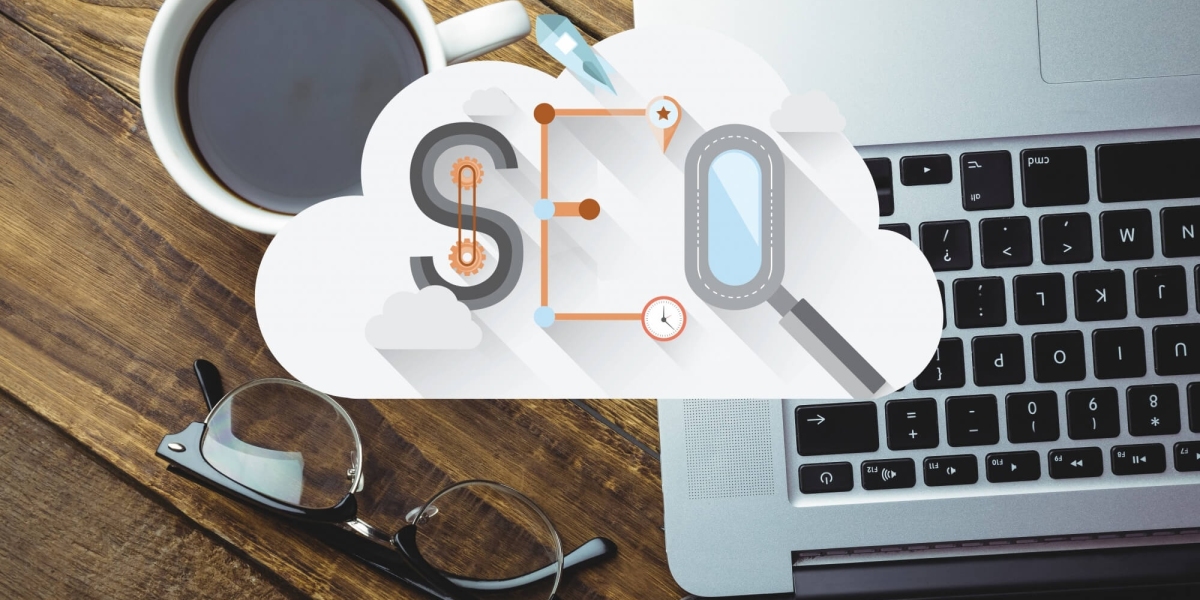The Power of Education: Transforming Lives and Unlocking Potential
Education is a cornerstone of human development, driving progress and shaping the future. In today’s fast-paced digital world, education plays an even more critical role in fostering innovation, bridging skill gaps, and empowering individuals to reach their full potential. As we explore the transformative power of education, we’ll also delve into strategies to maximize its impact using tools like SEO and Google Analytics.
Why Education Matters
Education is more than just acquiring knowledge; it’s about developing critical thinking, problem-solving skills, and the ability to adapt to an ever-changing world. From early childhood education to lifelong learning, the benefits are far-reaching:
Economic Growth: Educated individuals contribute to a skilled workforce, driving innovation and economic development.
Social Equity: Education levels the playing field, providing opportunities for marginalized communities.
Personal Development: It fosters self-confidence, resilience, and the ability to pursue one’s passions.
Global Competitiveness: Countries with robust education systems often lead in technological advancements and global markets.
The Digital Transformation in Education
The rise of digital tools has revolutionized the education sector, making learning more accessible and engaging. Online platforms, virtual classrooms, and interactive resources have expanded the reach of education to previously underserved populations. However, leveraging these tools effectively requires strategic planning, especially when it comes to visibility and impact.
SEO: Making Educational Content Discoverable
Search Engine Optimization (SEO) is vital for educational institutions, online learning platforms, and educators who want to maximize their reach. Here are key strategies to optimize educational content:
1. Keyword Research
Identify the terms and phrases your target audience is searching for. Tools like Google Keyword Planner or SEMrush can help pinpoint relevant keywords. For example:
Online education
Benefits of lifelong learning
Digital tools for students
STEM education resources
Best study techniques
2. High-Quality Content
Google prioritizes content that is valuable and relevant. Focus on creating in-depth articles, tutorials, and guides that answer common questions. Use engaging formats like videos, infographics, and quizzes to make learning interactive.
3. Mobile Optimization
With the majority of searches happening on mobile devices, ensuring your site is mobile-friendly is crucial. Use responsive design and optimize loading speeds for a seamless user experience.
4. Backlinks
Earn backlinks from reputable educational sites, government portals, or industry leaders. These links signal to search engines that your content is credible and trustworthy.
5. Local SEO
For institutions targeting specific regions, optimizing for local SEO is key. Include location-specific keywords, create a Google My Business profile, and encourage reviews from students or parents.
Leveraging Google Analytics for Educational Success
Google Analytics is a powerful tool that provides insights into how users interact with your educational content. Here’s how to use it effectively:
1. Track User Behavior
Understand what pages are most visited, how long users stay, and where they drop off. This information can guide improvements in content and navigation.
2. Measure Traffic Sources
Analyze whether users are coming from organic search, social media, direct visits, or referral links. This helps prioritize marketing efforts.
3. Set Goals
Define specific goals, such as newsletter sign-ups, course enrollments, or ebook downloads. Monitor conversion rates to assess the effectiveness of your campaigns.
4. Demographics and Interests
Use demographic data to tailor content to your audience. For instance, if most visitors are high school students, focus on college prep resources or career advice.
5. A/B Testing
Experiment with different headlines, CTAs, or layouts to see what resonates best with your audience. Small changes can lead to significant improvements in engagement.
Challenges and Opportunities
While education continues to evolve, challenges like digital divides, misinformation, and accessibility persist. However, these challenges also present opportunities for innovation:
Bridging the Digital Divide: Invest in affordable technology and internet access to ensure equitable learning opportunities.
Combating Misinformation: Promote critical thinking and media literacy to help learners navigate information overload.
Enhancing Accessibility: Develop content that caters to diverse needs, including those with disabilities.
The Future of Education
The future of education is bright, with advancements in artificial intelligence, augmented reality, and personalized learning leading the way. As educators and institutions embrace these technologies, the focus should remain on creating meaningful, inclusive, and impactful learning experiences.
Conclusion
Education is the key to unlocking human potential and building a better future. By combining traditional values with modern tools like SEO and Google Analytics, educators can expand their reach, engage learners, and make a lasting impact. Whether you’re an institution, educator, or student, embracing the power of education and technology can lead to transformative outcomes.




